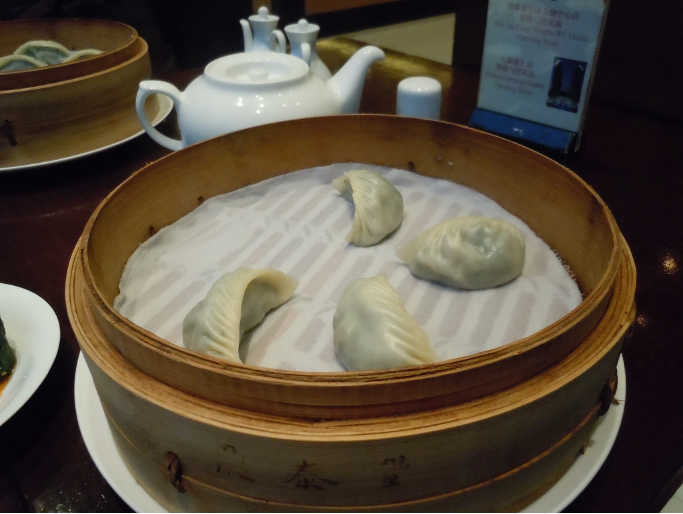Pantry Diversification – Will you join me?
A while ago, I was looking for some Italian spices for a pasta dish that I was making, but couldn’t readily find what I was looking for. That’s when I realized that my pantry desperately needed some reorganization. It also got me thinking about the myriad of spices I have bought over the years (not including the Indian spices) for making dishes from various cultures; Italian, Middle Eastern, Chinese, Japanese, and Thai. I am not sure how many of you are like me? I have used some of these spices only a few times, but they have been sitting in my pantry for what feels like an eternity. Hence the idea of pantry diversification was born.
Food, not only brings family members together sharing a meal, but it is also an avenue for cultural connections. I’ve been thinking a lot about this during these times of uncertainty and social distancing. I feel such a connection is possible using a virtual approach to food tourism that could invoke many hungry travel lovers. Even if we are able to get back to life as we knew it before the pandemic, reaching out to people far and near can still continue virtually.
In her book World Vegetarian, Mathur Jaffrey, one of the pioneers who brought Indian cooking to the western world explores recipes from various parts of the world. She mentions how mixing and matching, borrowing, and lending constantly enriches our cuisines. I certainly can attest to that in the way I cook. For example, I love adding Indian spices (garam masala, saffron, and cardamom) to soups to enhance their flavor and I am constantly adding spices typical to north India to some of my south Indian dishes. Spices can instantly change a dish taking you to distant places. One of my favorite books, by the Bay Area Indian author, Chitra Banarjee Divakaruni, Mistress of Spices, takes us through a magical journey into the world of Indian spices. Cooking can be magical as we delve into cuisines around the world.
While health and nutrition continue to be topics of conversation today when it comes to food, our values and morals associated with food have taken an interesting turn that makes us question the food we eat. Although the question, ‘where does your food comes from?’ has become a cliché, it has woken many of us to think about what we are eating and participate in food-related conversations. I believe we are deep into a period in which changes to our food systems are being considered and have started taking place. Throughout the world today there are various efforts being made to examine and change our food system. This involves exploring the historical significance of foods all over the world which includes studies of foods of the past and present and predictions for the future. In her book, ‘Eating Right in America,’ Charlotte Biltekoff argues that nutrition is not the only reason we eat the way we do, but that history, culture, and even politics play an important role in our eating habits. Her book has left me with thought-provoking questions: how important is it for us to think about what it means to eat right? Is it simply about health and nutrition? Should it be also regarded as a moral issue and is it important to one’s citizenship responsibilities?
For your instant cultural experience, I have presented a few of my travel pictures here. The picture below of the roadside market (I took in December 2005) in Bangalore, India, not only presents the colorful display of the vegetables, but also a Bollywood movie poster in the background adding to the cultural experience.
This picture below (taken during the same time) shows another Bangalore road side market with a bunch of tamarinds with the pod. This is a reminder to me that the tamarind paste in a jar we find in the Indian stores has its origin on a tree and takes me back to my childhood. As a child I would watch and help my mother and grandmother remove the tamarind fruit from the pod while separating out the seeds. I have fond memories of games we played (similar to Jacks) with the washed and cleaned tamarind seeds.
The picture below I took at a restaurant in the Xintiandi shopping area (former French Concession), Shanghai, China (June 2011) shows vegetable dumplings, one of favorite Chinese dishes.
Expanding my pantry is a necessary part of my culinary journey and I want to begin with recipes from Mathur Jaffery’s, World Vegetarian cookbook. Come join me, let’s have fun cooking. You are welcome to follow me or just take your own path. I am planning to start my cooking expedition on Monday, Nov. 1.
Please signup to receive my blog and I will send you reminders to join my cooking journey. I would love to hear from you with your comments, discussions, and pictures. If you have created your own calendar, please feel free to share it too! I plan to check with you at least once a week, if not more!
While Goodreads, TV shows and pictures about food invoke our inner senses, sometimes they bring out our feelings about race, ethnicity, gender, class, and age. Stocking your pantry shelves with global ingredients sets you for a path to fusion cooking too. Let’s let our imagination go wild. Let the fun begin
References
https://thehappyfoodie.co.uk/books/madhur-jaffreys-world-vegetarian/
https://www.charlottebiltekoff.com/eating-right-in-america.html
http://www.chitradivakaruni.com/mistress-of-spices





